The content of the article
What is the rhizome of licorice, what are its curative characteristics and are there any restrictions in use? Is there any real benefit from this plant? Answers to these questions are of interest to people leading healthy lifestyles, who monitor their own well-being, are fans of alternative medicine, preferring to be treated with the help of herbs.
What is licorice (licorice)?
Licorice is a medicinal plant, its medicine is most often used in medicine. The medicine of the East several thousand years ago took this plant as a panacea for many diseases. Every second bought caramels, which the doctor prescribed for diseases of the throat or cough.Very often, they indicate that the composition is exactly licorice, not licorice.
This plant is used not only in pharmacology, the extract from it is used to make tobacco smell for smoking or inhalation. The liquorice root has a black tint and can stain materials. Because of this, it is used to dye wool.
In cooking, the plant is used for the formation of foam and as a sweetener, for example, for the preparation of beer, kvass, non-alcoholic beverages. As a flavoring filler it is used in order to make halva, jelly, caramel and chocolate.
Licorice is a perennial, from the legume family. In height the plant reaches one and a half meters. The root is wide, rigid, has processes and one rod rhizome extending several meters into the ground. The leaves are arranged alternately, they are not simple, cuttings, with sticky variegated veins. Inflorescence in the form of a tassel, whorling has a light purple hue. The fruits are like long beans.
Healing properties
The base of the plant contains:
- saponins;
- sucrose;
- glucose;
- amino acid;
- starch;
- proteins and minerals;
- vitamins.
It tends to relieve cramps, inflammation and is an excellent expectorant. Healers in China have long used licorice as an antidote for food intoxication, and until today it is added to almost any healing fees.
The most common use of licorice is the consumption of fresh rhizome. In modern medicine, such preparations from the plant are known as licorice rhizome extract, dry powder, infusion or syrup, various nursing charges, where the dried and crushed root is included as the main element. Rhizome cough for the child and adult - an exceptional tool.
Harvesting in dry form is brewed as tea and consumed in ½ cup several times during the day. This will help in a short time to get rid of dry cough for colds and inflammation in the bronchi.
Licorice preparations are widely used in alternative medicine and today with pulmonary tuberculosis, as a diuretic drug, with intestinal obstruction, with ailments caused by changes in water and mineral balance, with hemorrhoidal cones, gastric and duodenal ulcers, with oncology.
What is the use of liquorice:
- Therapy of the respiratory system.The plant increases sputum secretion, which helps to cough up a significant number of bacteria from the bronchi. As a result, it is effectively used in the treatment of prolonged dry cough for pneumonia, tonsillitis, for voice regeneration for inflammation of the larynx.
- It can relieve inflammation, increases the curative effect of other means, enhancing their therapeutic effect, because of this, licorice is added to a variety of medicinal herbal preparations. The root of the plant helps at high temperatures.
- It relieves muscle spasms, normalizes the work of the heart and blood vessels, improves well-being during low blood pressure, thyroid disease.
- Improves the functioning of the pancreas, increasing the body's performance of its insulin, it is one of the methods of treatment of diabetes. Glycyrrhizic acid, which is obtained from a plant, is used as a sugar substitute for diabetes.
- The antidote. Glycyrrhizin contained in the plant blocks the effects of toxins that have penetrated the human body.
- Liquorice inhibits the development of cancer cells, because of this, it is indispensable in the treatment of cancer, as well as prostate adenoma.
- Together with other herbs used for the treatment of gastritis, stomach ulcers, as a lightweight laxative.
- Effectively used for the treatment of allergies and skin diseases.
- In a small dosage funds from licorice effectively relieve inflammation in the kidneys and urinary system.
- It is used in the treatment of diseases of the joints.
- Relieves depression, perfectly improves the tone of the central nervous system, reduces fatigue.
Preventive characteristics
- It is used to prevent diseases of the gastrointestinal tract, improving the secretion of gastric juice, getting rid of heartburn, improving the work of the digestive system.
- Regular consumption in small quantities of rhizomes of licorice (as a powder or drink) stabilizes the level of sugar and sterol in the blood, prevents chronic disease of arteries, diabetes, improves the functioning of the pancreas and adrenal glands.
- It has a beneficial effect on the hormonal balance, increases resistance to oxygen deficiency, normalizes water and salt balance in the body, relieves pain before menstruation, stabilizes the cycle.
- Effectively used to prevent liver disease.
- Increases immunity, assists in the prevention of depression. Chinese medicine puts in one row the rhizome of licorice and ginseng, advising it to use people of retirement age to improve tone and mood, to increase the life span.
- Licorice root slices are advised to chew to prevent caries and inflammation of the oral cavity.
- Village midwives recommended the use of a plant rhizome as a contraceptive.
Licorice rhizome during pregnancy
The body of a woman in the waiting period for a baby needs additional support and protection, in particular, an increase in immunity. For this purpose, a perfect brew made from liquorice rhizomes will do. However, before taking it, you should consult with your doctor.
If you do not comply with the dosage, the remedy may harm the woman and baby:
- Disrupt the water and salt balance, thereby causing swelling and weakness of the body.
- Toxicosis in late pregnancy, which can be very dangerous for a woman.
- Increase the activity of hormones.
In each specific situation, it is necessary to correctly determine the dose of the agent and, in the event of any discomfort, inform the specialist immediately.
How to use the plant for children
An older child can chew on slices of dry rhizome or drink tea based on it. The dose is selected depending on its weight:
- Less than 30 kilograms - 1/3 share from the norm of an adult.
- From 30 to 35 kilograms - half the norm.
- 35-45 kilogram- 2/3 share from the standard of an adult.
Newborns and babies under 3 years old are better not to take licorice-based drugs without a prescription. They can be used only in extreme cases when other healing herbs do not help to heal from the disease.
The syrup from a rhizome is registered by the pediatrician after detailed inspection of the patient. Biologically active substances that make up the funds from licorice, help regenerate and heal the body quickly enough. The main thing is the dosage and responsible approach to treatment.
Restrictions for use
- High blood pressure.
- State of pregnancy.
- Heart failure.
- Do not take newborn children.
- High adrenal activity.
- Serious liver ailments.
- Non-clotting blood.
- Predisposition to the formation of blood clots and bleeding.
It should not be used simultaneously with drugs that lower blood pressure and diuretics.
With prolonged and not dosed consumption, diuresis changes, puffiness increases. In certain patients, licorice root provokes irritation of the gastrointestinal mucosa.
With licorice therapy, abnormalities in the reproductive system are possible: weak libido, growth of gynecomastia, breast augmentation, and pubic hair loss. The plant can hold fluid in the body. It is forbidden to use liquorice-based products with excess weight.
The most common recipes from liquorice
- Cough drink. They take 20 grams of dried grass and 10 grams of Iceland moss collection, then you need to add a little roadside and chamomile collection, and in order to prepare a collection for calming, you can add valerian. Mix everything thoroughly and pour 250 milliliters of hot water. Let it stand for some time and take after meals, instead of the usual tea.
- Juice from the rhizomes of diseases of the stomach. For a long time to solve the problem with gastritis and relieve pain in the pancreas will help the juice from the root of licorice. To do this, you need to mix a small spoonful of juice with 250 ml of cold water. Drink for 10 minutes. before meals.
- Swab for expectoration. In the treatment of colds, you need to prepare a healing specimen. To do this, 15 grams of chopped root must be filled with a cup of hot water. Hold the reservoir in a water bath and filter. Take small doses of 10-15 milliliters, several times during the day.
- Liquorice for pulmonary tuberculosis. Stir 6 grams of rhizome with 250 milliliters of water, boil for a quarter hour over low heat. Then filter and clean in a dark cool place for 20 days. Drink a small spoon daily.
- Tincture to enhance immunity. Allowed to take tincture throughout the year with certain interruptions. To prepare it you need 50 grams of dry collection pour 250 ml of hot water. Leave for 3 hours and consume for 30 minutes. before meals. The duration of treatment is one month.
- Rhizome plants for the treatment of prostate adenoma. To prepare the brew, you need to pour a spoonful of rhizome ½ liter of running water, put on a small fire and bring the composition to a boiling state, let it boil for 10 minutes.Then cool and filter the broth. Take it on 3 cups three times a day for 40 minutes. before meals, for 3 weeks. The next 3 weeks, take the broth from the rhizomes of burdock, and re-drink the boil from liquorice. So alternately and therapy is carried out.
- Liquorice from diseases of the joints and eczema. Put 10 grams of rhizome into the container, add a cup of hot water. The composition should be covered with a lid and heated in a water bath, hold for 20 minutes, and then insist another 40 minutes. Into the filter is filtered, add more boiled water to the initial volume. Consume a spoonful of 5 doses per day.
- Liquorice root for jade. One and a half tablespoons of liquorice root, the same amount of Althea root and celandine, mix well. Spoon such a collection pour a cup of hot water, leave for half an hour and carefully filtered. Use 3 cups per day.
- Plant against peptic ulcer. The rhizome of the plant is the most effective remedy for the treatment of gastric ulcer and 12 duodenal ulcer. First, prepare the collection of a spoon of rhizome of licorice, lime and chamomile, add a spoonful of dill seed. 2 large spoons of the collected collection pour a cup of hot water. The infusion is left in a dark place for 2 hours and filtered.Drink collection in 3 doses throughout the day for half a glass.
Rhizome syrup
For lovers of the aroma of licorice, you can prepare a healing tool based on the root of the plant. This solution is multifunctional, it is treated with a wet cough, removal of mucus from the body, painful sensations in the larynx.
The healing composition should be drunk in the form diluted with water, for babies in half of a large spoon, adults drink a full spoon. Children who are not yet 2 years old are allowed to give 2 drops of syrup to ½ cup of water.
Store the composition in the refrigerator. Before taking it, it is necessary to consult with a specialist to determine the specific non-hazardous dosage.
The tool is forbidden to drink to people with hypersensitivity to certain elements, and to women in the position, as well as to breastfeeding moms, unless absolutely necessary. If it is illiterate to use the drug, then a manifestation of an allergic reaction and jumps in blood pressure are possible.
Rhizome dry cough
There are several recipes for getting rid of dry obsessive cough:
Recipe number 1
- Licorice rhizome - 2 spoons;
- The series of three separate - spoon;
- St. John's Wort - spoon.
Recipe number 2
- Licorice rhizome - 2 spoons;
- Centaury - a spoon;
- Dandelion root - spoon.
Everything mixes well. Spoon of healing collection pour a cup of hot water and put on the fire to boil for about 5 minutes, then clean well. Drink 3 cups a day.
Preparation of healing powder
There are recipes where the brew is made from powder. When coughing and ailments of the stomach it is used in dry form in half a spoon, washed down with ordinary running water. A person will benefit from a cold if you mix the powder with honey.
How to make cough powder:
- Gently take 20 lobes of senna and liquorice;
- Add 10 fractions of dill and sulfur in its pure form (can be purchased at the pharmacy);
- Also add 40 beats of sugar.
- All is well mixed.
The composition in dry form is consumed on a small spoon three times a day. The composition of sulfur and licorice is prescribed, if the child is tortured by pinworms, as a laxative, an antiseptic for treating the skin with dandruff, scabies and psoriasis.
How to prepare raw materials
For the treatment of applied rhizome four-year plants. It must be dug in late fall or early spring. The rhizome is well washed with running water, cleaned of bark and allowed to dry in the sun or in a well-ventilated room.
Properly prepared rhizome usually has a yellowish tint, it should break easily, but not crumble. Keep the root in boxes or dry containers. Raw materials can be stored for a long time - about 10 years.
Video: useful properties of licorice

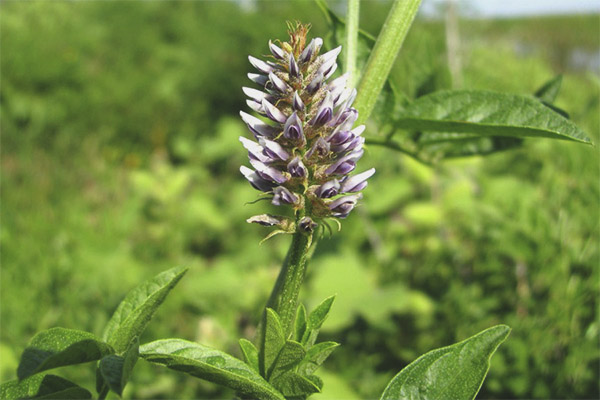
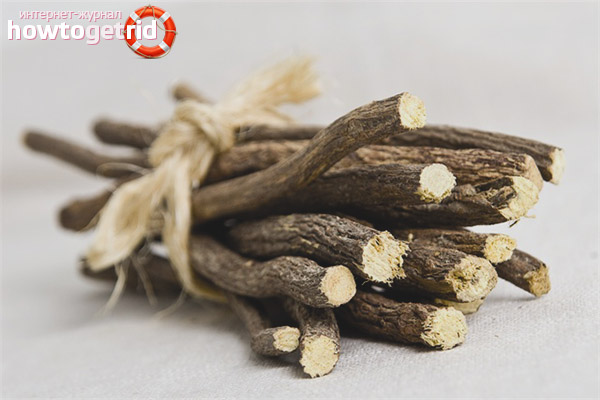
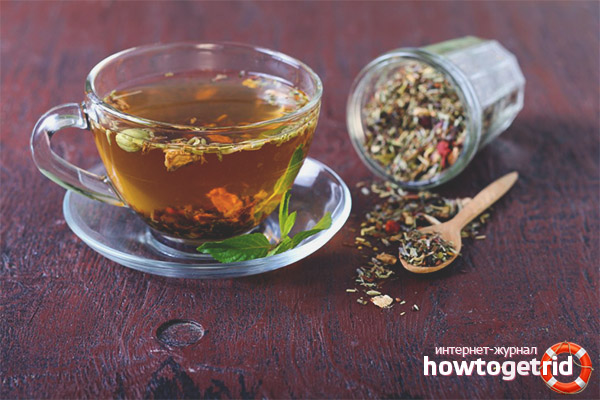

 3 votes, on average: 4,33 out of 5
3 votes, on average: 4,33 out of 5
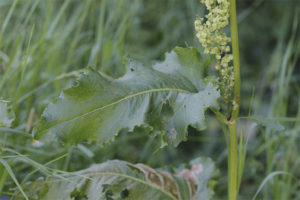
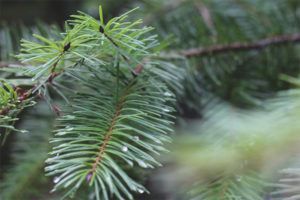
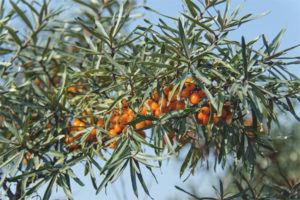

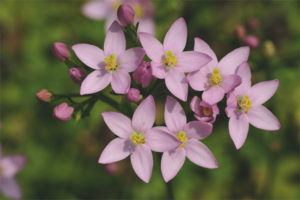
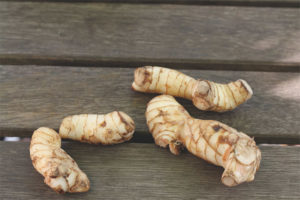
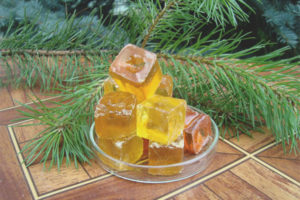
To send